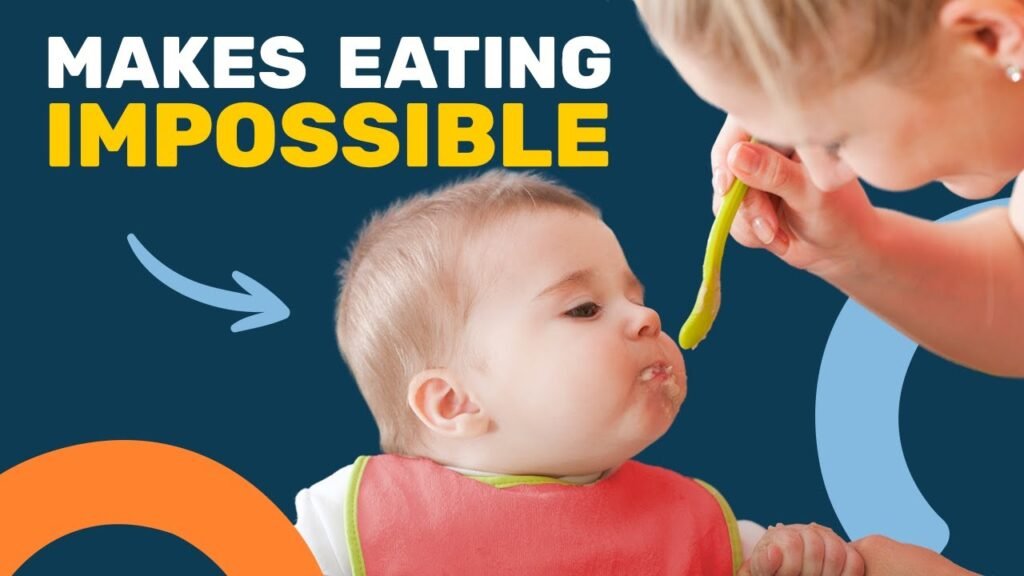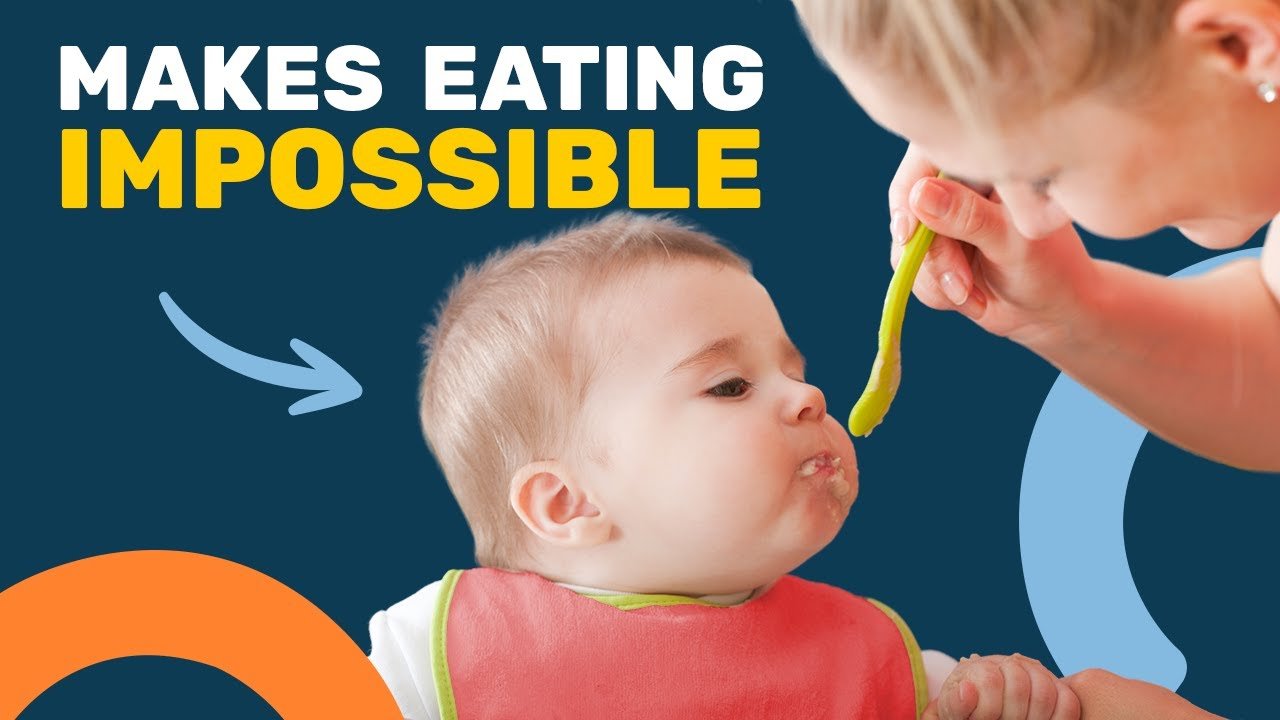In the article “Exploring Food with Hands: Normal Part of the Learning Process,” you’ll learn about the challenges of spoon feeding and how to make the process easier for both you and your baby. Spoon feeding can be a daunting task, with babies gagging, spitting food, or refusing to open their mouths. By avoiding common spoon feeding mistakes, such as feeding the baby while sitting or standing beside them, using unsuitable spoons, and delivering the spoon at the wrong angle, you can ensure a smoother feeding experience. Additionally, allowing babies to spill food and explore it with their hands is actually a normal part of their learning process. The article also emphasizes the importance of baby safety during meal times, highlighting the seven common foods that should not be offered to babies due to choking risks. Overall, this article provides practical tips and insights to enhance your spoon feeding journey with your baby.

Challenges of Spoon Feeding
Spoon feeding can be a challenging task for both parents and babies. It is a significant step in a baby’s development, but it can also come with difficulties that may frustrate both parties involved. However, by identifying and addressing these challenges, the spoon feeding process can be made easier and more enjoyable for everyone.
One of the challenges of spoon feeding is avoiding common mistakes. Many parents unknowingly make mistakes that can hinder their baby’s eating experience. By being aware of these mistakes, you can make simple adjustments that will greatly improve meal times. In a helpful video by Emma Hubbard, she outlines four common spoon feeding mistakes and provides solutions to fix them. By making these adjustments, you can ensure that your baby has a positive spoon feeding experience.
Swallowing Difficulties
Swallowing difficulties can arise during the spoon feeding process, making it important to address and overcome them. One factor that can contribute to swallowing difficulties is the feeding position. When a baby is fed while sitting or standing beside them, they may have to twist their head sideways to eat. This can complicate the process of swallowing, as the esophagus goes from being straight to slightly twisted. To alleviate this issue, it is recommended to feed the baby while they are facing directly towards the person feeding them. This minor adjustment can make a significant difference in their ability to swallow food easily.
Another factor that can contribute to swallowing difficulties is the use of unsuitable spoons. Many spoons marketed as suitable for babies may not actually meet their needs. These spoons may be too big for a baby’s tiny mouth, making it difficult for them to comfortably feed themselves. Additionally, spoons with deep bowls can trigger a baby’s gag reflex when they try to take in too much food at once. By choosing spoons that are the right size and shape for your baby, you can make feeding easier and reduce the risk of gagging and choking.
The angle at which the spoon is delivered to the baby’s mouth is also important for successful swallowing. Feeding at a low angle ensures that the baby’s head remains in a neutral position, reducing the risk of accidental inhalation of food. It also encourages the baby to use their lips to clear the food off the spoon, promoting the development of crucial skills required for independent eating. By making this small tweak in spoon delivery, you can ensure a safer head position for your baby and encourage their progress in developing proper eating techniques.
Importance of Hand Exploration
Allowing babies to spill food and explore it with their hands is a normal and important part of the learning process. When babies are introduced to solids, they need to feel, touch, and explore their food to become familiar with it. These spills not only help babies understand how their mouth works but also improve their coordination skills. By embracing and encouraging hand exploration during meals, you are supporting your baby’s overall development.
Hand exploration allows babies to experience different textures, temperatures, and shapes of food. It stimulates their senses and helps them become more comfortable with different types of foods. This sensory experience is crucial for expanding their palate and developing a healthy relationship with food. By allowing your baby to explore with their hands, you are fostering their independence and promoting their self-feeding skills.
Baby Safety during Meal Times
Ensuring the safety of your baby during meal times is of utmost importance, with choking being a major concern. Babies have a natural inclination to explore objects with their mouths, which can increase the risk of choking when introducing solid foods. Therefore, it is necessary to take extra precautions to prevent choking incidents.
There are several steps you can take to prevent choking incidents during meal times. Firstly, it is essential to be aware of the foods that pose a higher choking risk for babies. Common choking risks include hard foods, large chunks of food, tough meats, round fruits or vegetables, sticky foods, and foods with small pieces or seeds. By avoiding these foods or modifying them to make them safer for your baby to consume, you can greatly reduce the risk of choking.
Secondly, supervision is crucial during meal times. Always ensure that you are present and actively observing your baby while they eat. This way, you can quickly respond if your baby shows signs of choking or discomfort. Additionally, baby-proofing the eating area can help prevent accidents. Keep small objects out of reach, secure any tablecloths or placemats that could be pulled, and ensure that high chairs or booster seats are stable and secure.
Foods to Avoid for Babies
There are seven common foods that should be avoided for babies due to choking risks. These foods include hard candy, whole grapes, raw carrot slices, popcorn, peanut butter by the spoonful, chunky nut butter, and hot dogs. These foods have the potential to block the airway if not properly chewed or if swallowed whole. By familiarizing yourself with these choking risks and avoiding these foods until your baby is older or prepared in a safer manner, you can prioritize your baby’s safety during meal times.
Conclusion
Spoon feeding may present various challenges, but by taking certain measures and avoiding common mistakes, you can make the process easier for both you and your baby. Swallowing difficulties can be addressed by adjusting feeding positions, using suitable spoons, and delivering the spoon at an appropriate angle. Embracing hand exploration allows babies to learn and develop necessary skills while keeping meal times safe by being aware of choking risks and supervising your baby. By implementing these strategies, meal times can become enjoyable and beneficial experiences for both you and your baby.

